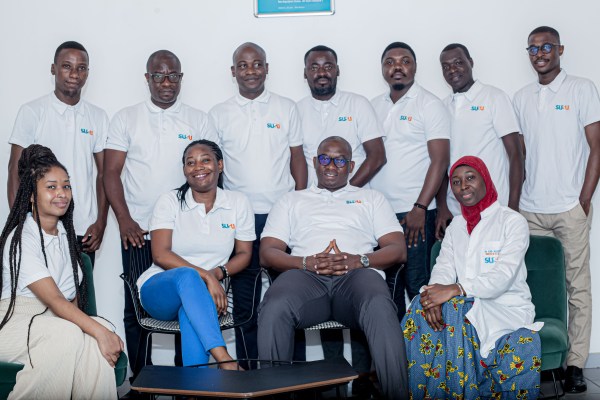Pay attention to these startup theses in 2022 – TechCrunch
In retrospect, the rise of software as a service (SaaS) is obvious. But for years, the idea that software would not only be hosted by providers instead of purchased by customers, and rented, instead of owned outright, was far from anyone’s mind.
SaaS has cemented its place in the epicenter of startup and Big Tech life, but it’s already being disrupted by the usage-based pricing movement. More startups are offering their services via a developer hook or API, and charging for customer usage over, say, a set number of seats for a predetermined period of time.
Not everyone is sold on the on-demand move, but the competition for the software business model of the future underscores the point that tech models never rule the roost forever. So, what’s the next thesis that we will look back on? It may be more complicated than “a crypto strategy”, but we have thoughts on what will become the de facto startup model and strategy.
To explore the concept, Natasha Mascarenhas, Alex Wilhelm and Anna Heim took the time to write up their expectations for 2022’s startup theses. Naturally, our notes cover a bit more than just business models, but as the beating heart of every startup is its model, the money element comes into play in all of our perspectives.
Alex: 2022 is when open source will become the de facto startup model
I’ve spoken with lots of founders over the years, and while I do have a more business focus than an early-stage bent, I do get to chat with founders building the early blocks of their businesses on a regular basis.
What hit me this year, especially towards the latter half, was just how frequently I ran into bright folks building businesses that had an open source component.
We all know that open source isn’t new as a business concept. Red Hat was founded in the tech equivalent of the neolithic era, and has done well throughout its life. But startups building companies atop open source code are taking up a greater portion of their industry than before, and I think I know why. Or at least I have a hunch.
It’s about control, basically.
Software was once something that you bought. Actually, if you go back far enough, you can find examples of early PC manufacturers offering full software suites with their hardware, but that model died off as the world realized that open platforms were the way forward. From there, software bumbled along as a thing that consumers and corporations could buy.
“Buy” is the key word here. Folks bought closed source code from companies, and then ran it on their own systems, either personal or mainframe. Then, the cloud came along, and hosted software took off. Here again, however, the code was still largely closed source. You didn’t get a copy of Slack’s code per se, but you could rent access to its service for your team.
As software transformed from a series of discrete sales to a stream of recurring payments, SaaS took off, and investors cheered it on. This brings us almost to the modern moment, but not quite. On-demand pricing began to supplant SaaS as the de facto sales model of the software world — as Anna notes below — with Twilio as its champion, just as Salesforce was once for the SaaS market.




